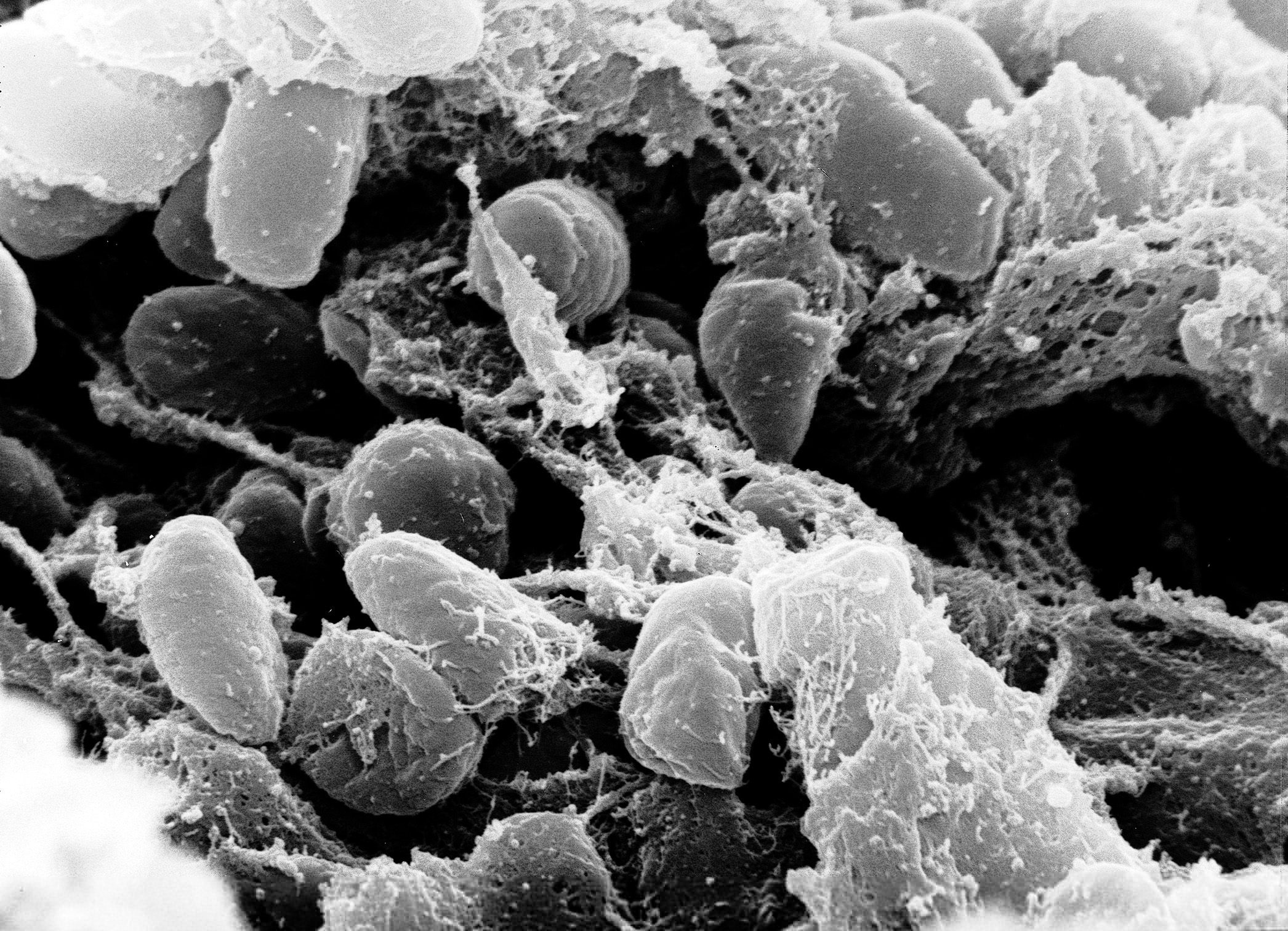
I was confident I knew a few things about the bubonic plague: It was caused by the bacterium Yersinia pestis, which was transmitted to humans by fleas hitching a ride on the back of traveling rats. It spread rapidly and devastated populations around the globe, and because cats, a natural predator of scurrying rodents, had been killed, rats proliferated along with their deadly, infectious cargo. However, until I read a recent PLoS ONE article, I did not realize there was still debate about whether Yersinia pestis was the infectious agent for Black Death, the disease that ravaged 14th century Europe and killed one third of its population.

